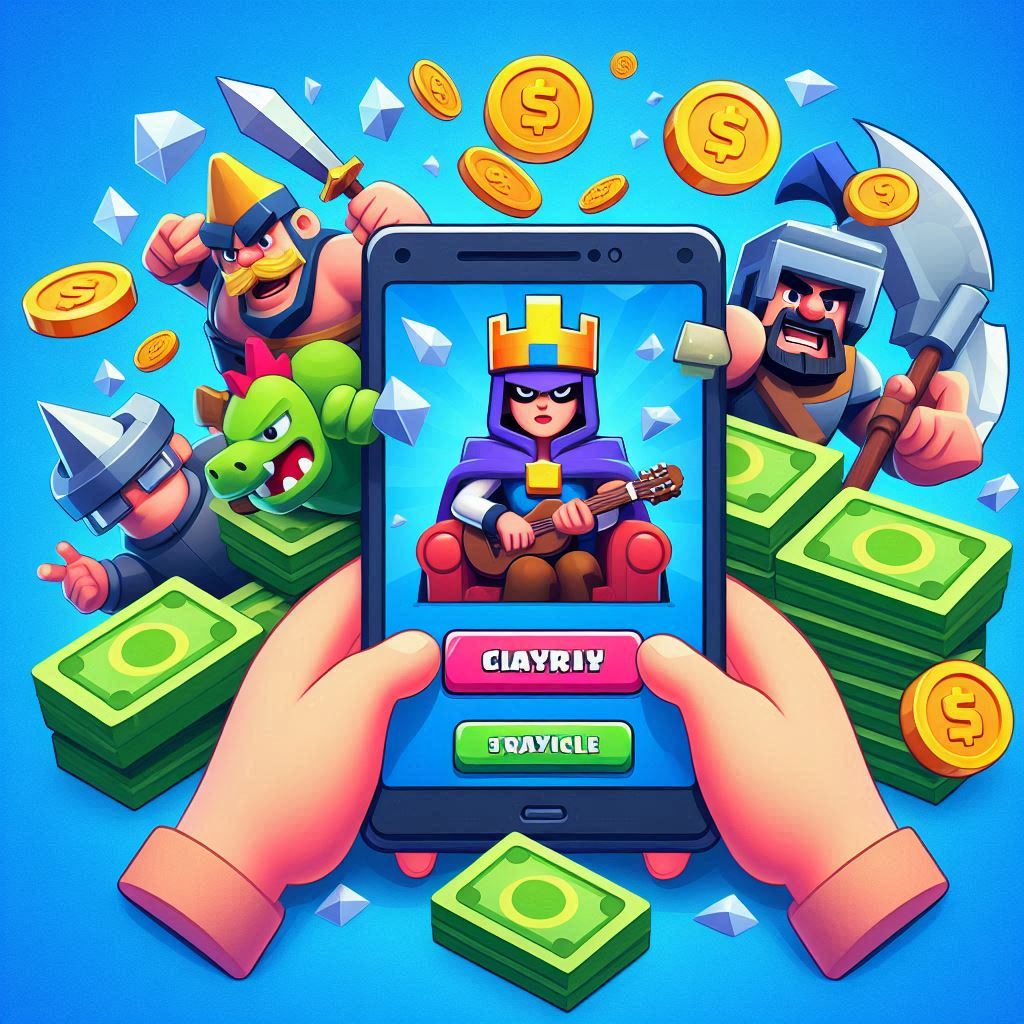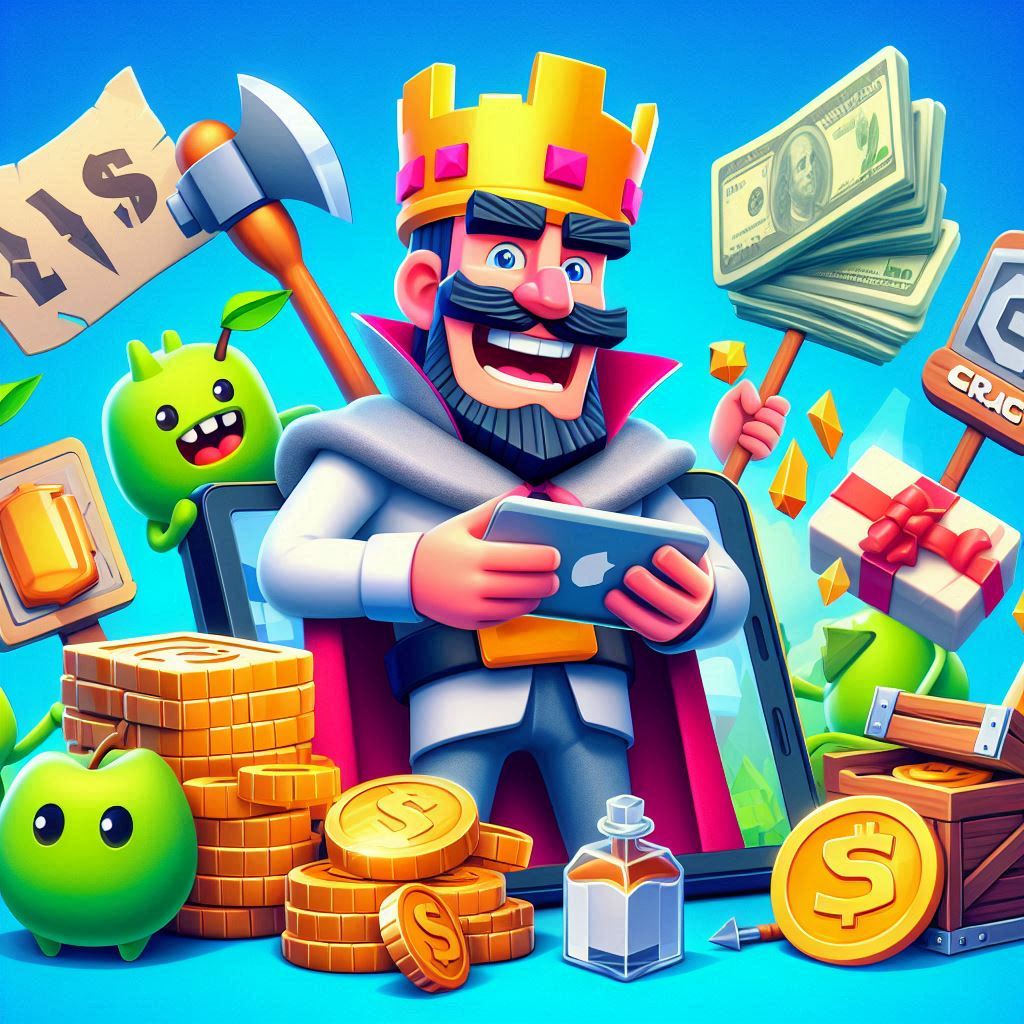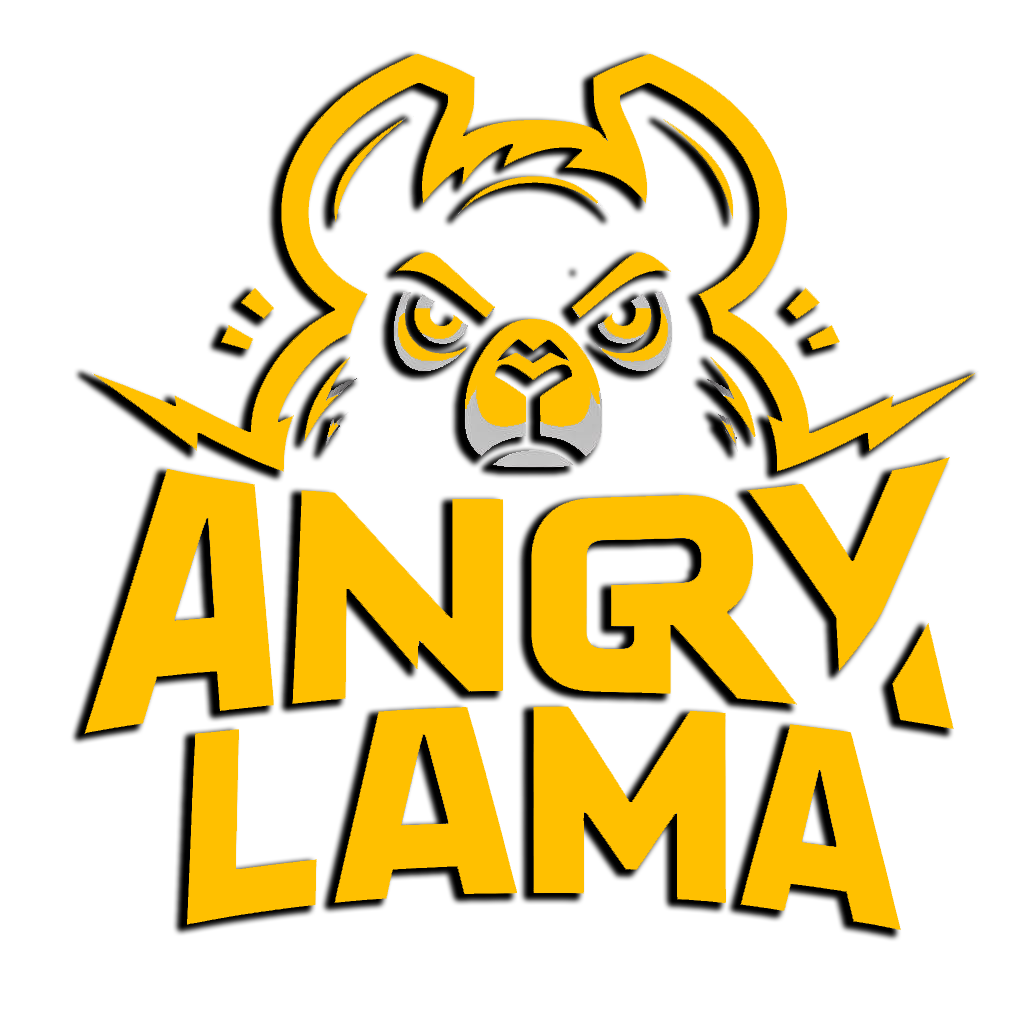Casual Game
Casual Games are a genre of video games designed for a mass market audience, characterized by their easy accessibility, simple mechanics, and short play sessions. Unlike hardcore games that require significant time and skill investment, casual games allow players to engage in quick, spontaneous gameplay without the need for extensive learning or commitment.
Casual Games have gained immense popularity due to their ability to provide entertainment without requiring a significant time commitment. They cater to players looking for quick fun rather than an immersive gaming experience. This accessibility has made them particularly appealing in the age of smartphones, where users can easily pick up a game during idle moments.
Casual Games have become a dominant force in the mobile gaming industry, captivating millions of players worldwide with their simple mechanics and addictive gameplay. As the market continues to grow, developers face the challenge of implementing effective monetization strategies that balance revenue generation with player satisfaction. In this comprehensive guide, we’ll explore various monetization techniques tailored specifically for casual games.
At the heart of Casual Game Monetization lies the core loop, which is the repetitive cycle of actions that players engage in during gameplay. The key to successful monetization is to keep users engaged in this core loop while seamlessly integrating revenue-generating opportunities. Developers must strike a delicate balance between maintaining the fun factor and introducing monetization elements that enhance rather than disrupt the gaming experience.

One effective approach to Monetization is the integration of meta gameplay elements. According to GameRefinery, about 70% of the top-grossing match-3 games in the US feature meta elements such as mini-games, collection mechanics, construction, narrative, progression systems, and social features. These additional gameplay options not only attract a wider audience but also create new monetization opportunities by encouraging players to stay in the game longer to complete tasks and progress through levels.
Advertising remains a cornerstone of Casual Game Monetization, with developers needing to carefully balance user-activated and system-activated ads. Rewarded video ads offer higher eCPM (effective cost per mille) but must be implemented judiciously to avoid cannibalizing in-app purchases. Banner ads, when placed strategically, can provide a steady stream of revenue without significantly impacting user experience. It’s crucial for developers to regularly A/B test ad frequency, placement, and value while monitoring user feedback to optimize their advertising strategy.
In-app purchases (IAPs) are another vital component of Casual Game Monetization. For games with an IAP percentage greater than 30%, publishers should closely monitor lifetime value (LTV) to identify high-value users and optimize user acquisition strategies. Offering premium content, such as exclusive levels, characters, or items, can be an effective way to generate revenue from engaged players who are willing to invest in enhancing their gaming experience.
Native advertising has emerged as a creative Monetization technique that seamlessly integrates ads into the game environment. By placing ads on in-game billboards, race track banners, or as holograms in street scenes, developers can create a more immersive and less disruptive advertising experience. This approach not only generates revenue but also adds a layer of realism to the game world, potentially enhancing player engagement.
Audio advertisements represent an innovative Monetization strategy that capitalizes on the fact that 73% of mobile players have their volume at or above 10%. By incorporating audio ads that play in the background without interrupting gameplay, developers can create an additional revenue stream while minimizing disruption to the player experience. These ads can also be used as part of a rewarded ad system, offering players in-game benefits for listening to short audio clips.
Partnering with brands for IP deals can open up new monetization avenues for Casual Game developers. By incorporating branded characters, items, or even entire levels into the game, developers can not only generate revenue through licensing agreements but also attract new players who are fans of the partnered brand. This strategy can be particularly effective for games with a strong visual style or thematic elements that align well with popular brands.
As Casual Games build a dedicated player base, merchandising can become a viable monetization strategy. Developers can create and sell physical products featuring popular game characters, artwork, or in-game phrases. This not only generates additional revenue but also helps to strengthen the connection between players and the game, potentially increasing long-term engagement and loyalty.

Encouraging user-generated content can be an effective way to both engage the community and create new Monetization opportunities. By running competitions for player-created levels, items, or cosmetics, developers can keep their game fresh and exciting while also offering incentives for creators, such as a share of the purchase price for their content. This approach can lead to increased player engagement and word-of-mouth marketing, potentially driving organic growth and revenue.
For hyper-casual games, which represent a subset of Casual Games known for their extremely simple mechanics and short play sessions, advertising typically accounts for 97-99% of revenue. The most common ad formats for these games are banner ads, interstitial ads, and rewarded videos. While in-app purchases play a smaller role in hyper-casual games, implementing them effectively can still provide a meaningful boost to overall revenue.
To maximize the effectiveness of rewarded video ads in casual and hyper-casual games, developers should focus on optimizing UI/UX elements such as the placement and design of ad buttons. Additionally, carefully balancing the value of rewards offered for watching ads can significantly impact view rates and overall ad revenue. Some developers even create game mechanics specifically designed to incorporate rewarded videos, further integrating this monetization strategy into the core gameplay experience.
When implementing Monetization strategies, it’s crucial for developers to consider the impact on player retention and engagement. While aggressive monetization tactics may lead to short-term revenue gains, they can ultimately harm the game’s long-term success by driving players away. Striking the right balance between monetization and player satisfaction is key to building a sustainable casual game business.
Data analytics play a vital role in optimizing Monetization strategies for Casual Games. By closely monitoring key performance indicators (KPIs) such as average revenue per daily active user (ARPDAU), retention rates, and conversion rates, developers can make informed decisions about which monetization techniques are most effective for their specific game and audience.
Ultimately, the most successful Monetization strategies for Casual Games are those that enhance rather than detract from the player experience. By focusing on creating value for players through engaging gameplay, rewarding progression systems, and optional purchases that genuinely improve the gaming experience, developers can build a loyal player base that is more likely to engage with monetization features over the long term.
Casual Games represent a significant segment of the gaming industry, focusing on accessibility and short-term engagement. Their simple mechanics and immediate gratification appeal to a broad audience, making them a popular choice for both developers and players alike.

Our game development Team produced an Online turn-based 3D mobile game. This game is designed under blockchain technology, and for this reason, players can defeat each other in a fair competition and only using their skills, and in addition to having fun, they can also Earn Money. You can download this online 3D game TanKash from Google Play Store and subscribe to our YouTube channel for more information.



